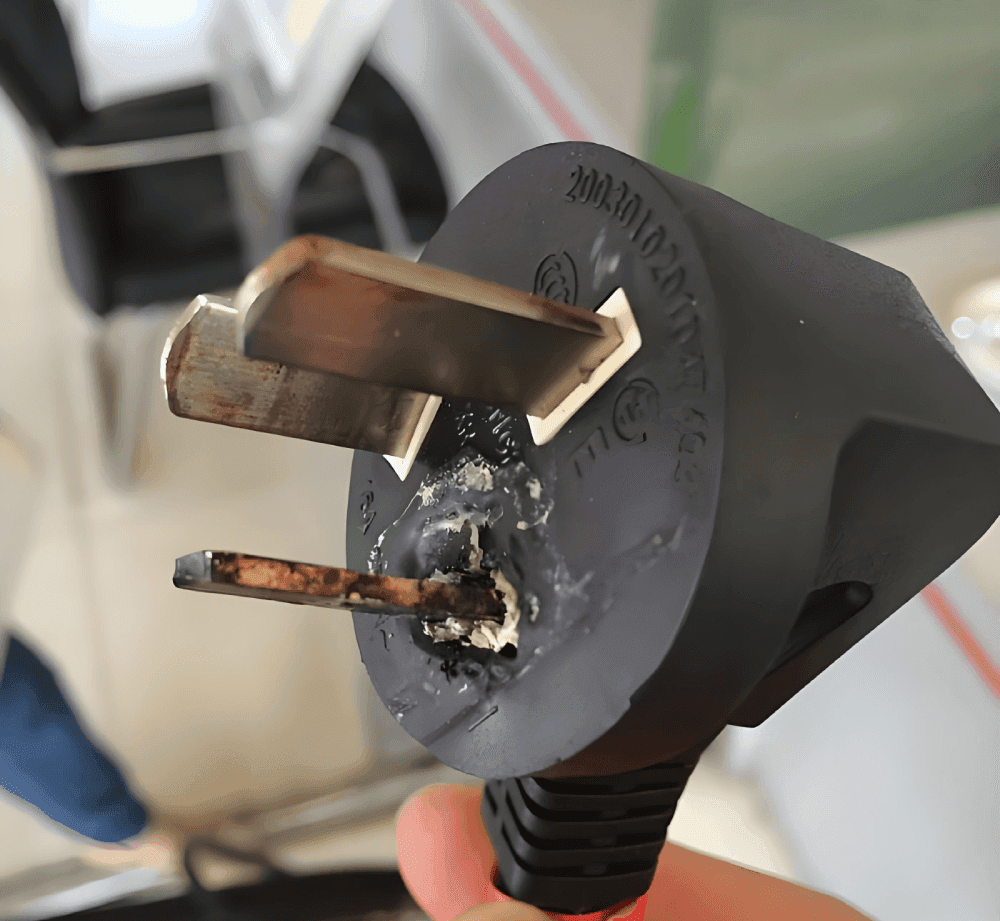signs of bad plugs and wires

The service life of switch sockets is primarily determined by the frequency of use, as specified in the series of standards for "Switches for Household and Similar Fixed Electrical Installations." According to these standards, switch sockets are designed for 40,000 times of on-off switching, equivalent to approximately 12 years of normal daily usage. However, poor usage environment or improper handling can shorten their service life. Therefore, it is important to replace switch sockets in a timely manner if they exhibit the following conditions:
- Poor contact of the plug: The plug fails to function properly after insertion into the socket and requires unplugging and re-insertion.
- Open circuit of plug cable: Cracks develop at the cable bend or between the plug and the cable, leading to poor connection or complete failure to connect during use.
- Ablation of plug contact points: Overcurrent, excessive load, prolonged use, or other factors may cause rust or wear at the contact point, resulting in poor connection or equipment malfunction.
- Loose or faulty plug wiring: The neutral wire, live wire, and ground wire may have loose or faulty connections due to prolonged use, causing loose or poorly connected cable bases.
- Internal components falling off or deforming: Prolonged use or improper use of card slot pliers may cause internal components of the plug to fall off or have poor contact.
How can you quickly assess the health status of a plug switch? Here are four steps to identify potential safety hazards:
- Observation: Look for burn marks or rust on the plug and socket. The presence of such marks may indicate plug damage.
- Listening: After pressing the switch on the electrical equipment, listen for any sound from the plug. The absence of sound suggests a faulty plug.
- Touch: Check for loose or deformed plug shells, and detect any heat or unusual odor. These symptoms may indicate plug damage.
- Replacement test: Replace the original plug with an identical one to see if the issue is resolved. If replacement resolves the problem, it indicates that the original plug has failed.
The above information provides signs and methods to identify damaged plugs and wires. Electrical safety is crucial in daily life, so please take it seriously!